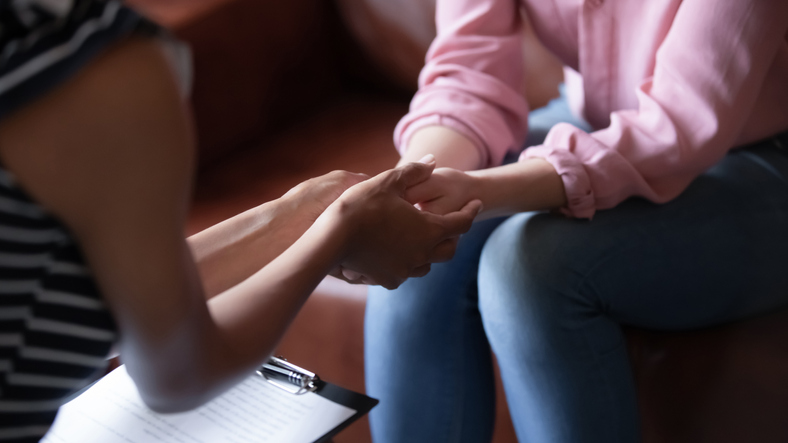Living with Chronic Pain
What Are Microaggressions?

Microaggressions are subtle phrases or acts to a marginalized individual that are forms of prejudice. Often, the individual has no intent of causing harm, and they may intend to be helpful or friendly. They may not realize how their words or actions are harmful or insensitive. However, microaggressions can leave individuals feeling as if a part of their identity is being ignored, disrespected or unconsidered.
Examples of microaggressions
Microaggressions may be intentional or unintentional. They can be verbal, nonverbal, insults, snubs, environmental, etc. A few examples may include the following:
- “You speak English well.”
- “You don’t look disabled.”
- “That’s so gay.”
- “You’re too young to know real depression.”
Types of microaggressions
There are three main types of microaggressions. They include microassault, microinvalidation and microinsult.
- Microassaults
While microaggressions can occur unintentionally, microassaults are intended to harm someone. This could be with abusive language, offensive jokes, mocking, intentionally posting offensive images, locking the car when a specific type of person walks by, etc. These interactions will reinforce harmful stereotypes in society. - Microinvalidations
Microinvalidation involves minimizing or discrediting the experience of someone from a marginalized group. This can include interrupting, talking over, underestimating their experience, speaking for the other person, etc. This can cause others to feel isolated. - Microinsults
Microinsults involve insensitive jabs at a marginalized person’s identity. For example, assuming that a non-English speaker is less intelligent than an English-speaker, telling someone they don’t look or act like they belong in a specific marginalized group, or implying that a certain group behaves in a certain manner.
Manifestations of microaggressions
Microaggressions can manifest in various ways. This includes, but is not limited to, the following:
- Verbal
Verbal microaggressions may include comments, jokes, stigmatizing questions, etc. An example could be telling an Asian person they must be good at math. - Behavioral
Behavioral microaggressions are certain behaviors that a person might partake in that are discriminatory or harmful. This might include assuming someone of color is part of the waitstaff. - Environmental
Environment microaggressions occur when subtle examples of discrimination are present in the environment. An example may be a restaurant that only has tables that are too high for a wheelchair user to comfortably reach.
Understanding reactions to microaggressions
The people who enact microaggressions may be shocked at the response of the recipient. Microaggressions can build up over time. While one or two may be annoying, ten will probably make a person very irritable, and if someone experiences too many, it might make them angry. Because of this buildup over time, a person’s reaction to one microaggression might seem out of proportion to the event.
How to avoid committing microaggressions
Minimizing the occurrence of microaggressions is important in recognizing and addressing them. This can be accomplished with the following:
- Take responsibility
- Listen and empathize
- Don’t become defensive
- Don’t dismiss or deflect
- Center the conversation around the person experiencing the microaggression
- Commit to changing the behavior
- Take steps to become educated and understanding
For bystanders
Speaking up is significant; however, the targeted individual may not want the issue to be reported. After acknowledging the situation, talk with the individual to see what they want and ask how to help. Do not speak over marginalized groups when speaking up. It may be best to ask if they have more to say.
For those who have been targeted
If experiencing a microaggression, reach out to family, friends, or community members that share similar experiences. Speaking with a counselor about these experiences may be beneficial. It might be worthwhile to report the incident, although this is a personal choice. Do not be afraid to say no. While educating the offending party may help in certain situations, it is not the targeted individual’s responsibility.

















